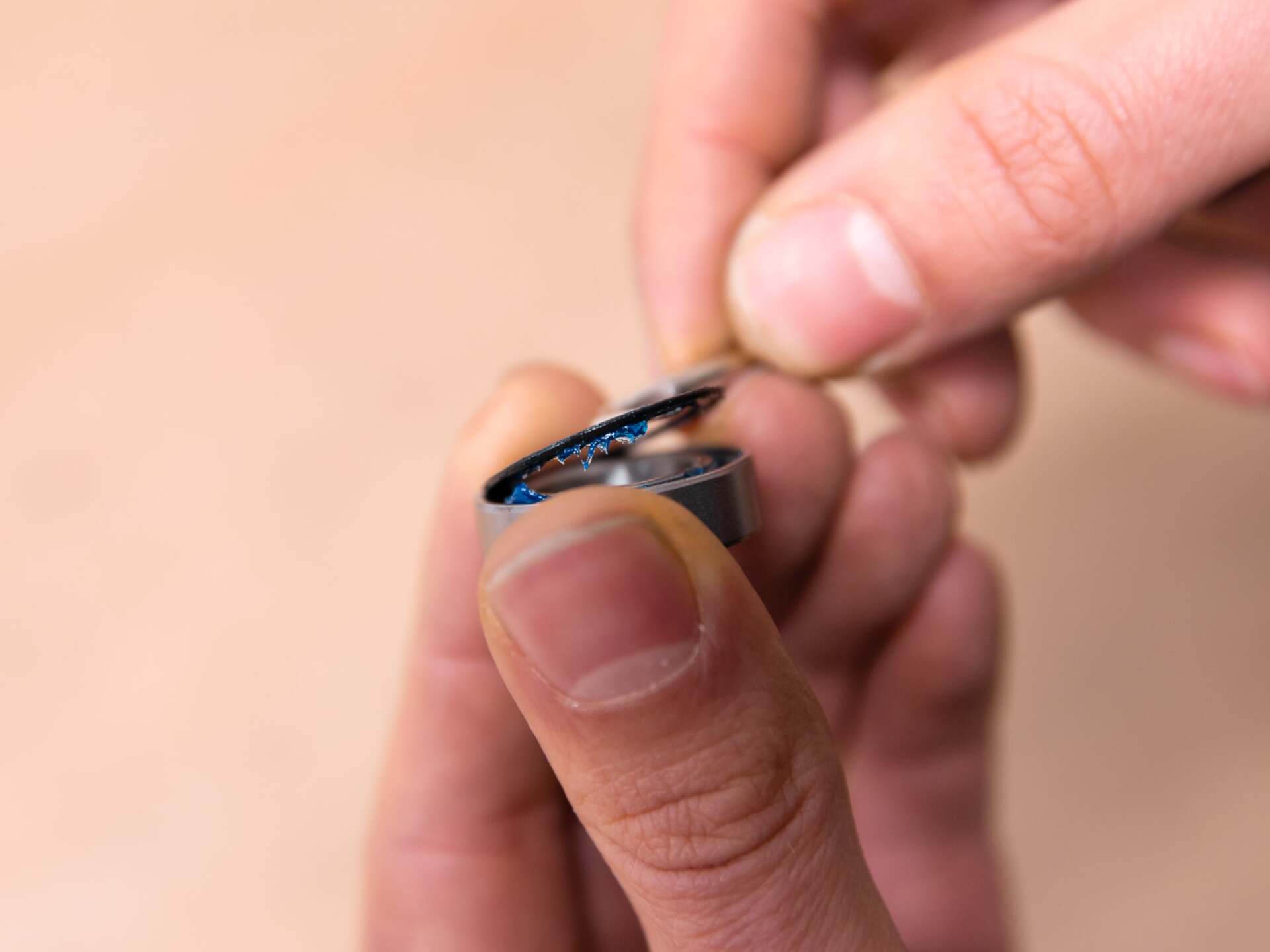In the world of cycling, bearings play a crucial role. With all the different sizes and types available, it can sometimes be a challenge to find the right replacement bearing for your bike. Fortunately, Elvedes has put together an extensive range of bearings to make this search as easy as possible.
In the bicycle industry we see that industrial bearings are increasingly being used. The main advantage of these bearings is that they can be replaced as a whole when they are worn, unlike the cup and cone bearings that are still widely used in wheel hubs. An important property of the cup-cone construction is that the loads that are exerted on the bearing at an angle can be better absorbed by a cup-cone bearing than by a groove construction industrial bearing. The precise adjustment and proper maintenance of a cup-cone bearing does require more work compared to a pivot point that is equipped with an industrial bearing. Elvedes offers almost all bearing sizes that are used in the bicycle industry for wheel hubs, pivot points of the rear suspension, headset bearings and bottom bracket bearings. These bearings are manufactured according to Elvedes specifications from high-quality bearing steel, which ensures smooth operation and a long life. It’s often the small details that matter, and Elvedes bearings are generously filled with water-resistant grease and tough rubber seals.
One of the key benefits of Elvedes bearings is that most industrial bearings are also available in a MAX version. Although a MAX bearing looks the same as a standard industrial bearing at first glance, the difference is on the inside. In a MAX bearing, the space between the inner and outer rings is completely filled with balls, which provides a larger contact surface. In a standard industrial bearing, the balls are separated by a cage, which, while effective, may not be the best choice for some applications.
In principle, MAX bearings can be used in any application. The concept behind MAX bearings is reminiscent of what was done years ago with cup and tapered roller systems, where the original ball holder was replaced by loose balls to provide smoother rotation over a longer period of time. While this principle still works well, MAX bearings now offer improvements in a world where industrial bearings are becoming increasingly popular.

In the bicycle industry, MAX bearings were initially used primarily as pivot points for rear suspension systems. These pivot points are often compact and have only a few degrees of rotation. To provide maximum support for these compact bearing dimensions, a MAX bearing is the best choice. But this also applies to other bearing dimensions that are available in a MAX version. After maintenance with these bearings, the component continues to run smoothly for much longer. A good example of this are modern wheel hubs.
The performance segment of cycling strives for light weight, stiffness and aerodynamics, which has led to the production of beautiful wheels that ride great until the bearings fail. Unfortunately, modern hub designs leave little room for larger bearing dimensions. Compact bearings with small balls are often not up to the loads that such light, stiff wheels have to carry. For these applications, a MAX bearing is the perfect solution.
Elvedes MAX bearings, like their industrial bearings, are made of high-quality steel, resistant to heavy loads. For extra durability, they are fitted with strong rubber seals on both sides and filled with water-resistant grease.
There is a misconception that industrial bearings are maintenance-free. Despite Elvedes' choice of high-quality grease and seals, everything that runs requires some form of maintenance. It is therefore wise for professionals and bike enthusiasts to regularly inspect their bearings. Elvedes offers a handy chop kit in its range, as well as the right bearing grease. With this chop set, the rubber seals can be accurately removed without damaging them. This allows you to assess whether the bearings are sufficiently lubricated inside and whether maintenance is required.

A bearing that becomes less flexible over time and is slightly contaminated can be cleaned with a degreaser that is not harmful to either the bearing metal or the other materials attached to the bearing. Once everything is clean again, a new amount of bearing grease can be applied with the Elvedes grease gun. The rubber seals should also be cleaned before reinstallation. To prevent damage to the rubber and to keep it flexible, it is recommended to use a mild solution of an organic cleaner. The rubber seals can be accurately reinstalled using the round, non-pointed part of the hook set.
The Elvedes catalogue includes a table to easily find the right type of bearing based on inner diameter, outer diameter and width. The table also gives the corresponding Elvedes industrial or MAX bearing part number for easy replacement.